Disclosure: This article contains affiliate links. We may earn a commission from purchases at no extra cost to you, which helps our travel content.
The taxi driver raised his eyebrows when I told him my destination. 'San Nicolaas? Most tourists stay in Palm Beach,' he remarked, curiosity evident in his voice. I simply smiled—after 35 years of tracking down missing persons across America, I've developed a knack for finding places others overlook. San Nicolaas, Aruba's second-largest city, sits on the southeastern tip of this Caribbean island, worlds away from the high-rise hotels and cruise ship crowds of the north. Once a bustling company town centered around the now-defunct Lago oil refinery, today it stands as a fascinating study in transformation. The vibrant street art that now adorns formerly abandoned buildings tells stories more compelling than any guidebook. And those beaches—pristine stretches of sand where you might be the only footprints for miles. For solo travelers willing to step beyond the predictable, San Nicolaas offers something increasingly rare in our over-touristed world: authenticity.
The Investigator's Approach to San Nicolaas
My career as a private investigator taught me that the most revealing details often hide in plain sight. San Nicolaas exemplifies this principle perfectly. While most visitors to Aruba cluster around Palm Beach and Eagle Beach (admittedly beautiful in their own right), they miss the cultural heartbeat of the island pulsing strongly in this southern community.
I based myself at the modest but comfortable O.J.'s Guesthouse, a locally-owned establishment with simple, clean rooms and a veranda perfect for morning coffee. At $85 per night, it offers tremendous value compared to the $300+ resorts up north, plus the kind of local insight no concierge can match. Owner Oscar has lived in San Nicolaas his entire life and keeps a mental catalog of the area's evolution that rivals my own case notes.
What struck me immediately was the rhythm of life here—unhurried, genuine, and refreshingly free of tourist pretense. Morning walks revealed elderly men playing dominoes under shade trees, fishermen mending nets, and locals greeting each other by name at the small market. These aren't staged cultural experiences; they're simply daily life unfolding.
The former refinery town's industrial past is evident in its architecture—utilitarian buildings now repurposed, company housing transformed into colorful homes. For someone who's spent decades reading the stories buildings tell, San Nicolaas offers a fascinating narrative of boom, bust, and reinvention.

💡 Pro Tips
- Learn a few Papiamento phrases—locals appreciate the effort and will open up more readily
- Ask for Oscar's map of local spots not in guidebooks
- Visit the local market early on Tuesday mornings for the freshest produce
Hidden Beaches: Where Solitude Meets Shoreline
In my decades tracking missing persons, I learned to look where others don't. The same principle applies to finding Aruba's most spectacular hidden beaches, all within easy reach of San Nicolaas.
Boca Grandi sits just 10 minutes northeast of town—a wild, windswept stretch of white sand that couldn't be more different from the manicured beaches of the hotel zone. The powerful waves and strong currents make swimming inadvisable, but the raw beauty is unmatched. During my Tuesday morning visit, I counted exactly three other people across its vast expanse: two kiteboarders dancing with the consistent winds and one fellow beach wanderer.
Roger's Beach offers a completely different experience. Tucked beside the former refinery site, this local favorite features calm, protected waters perfect for swimming. What it lacks in postcard perfection, it makes up for in authenticity. Families gather on weekends, the small beach bar serves ice-cold Balashi beer, and the snorkeling reveals healthy coral formations just offshore. I spent a peaceful Wednesday afternoon here with my underwater camera, capturing surprisingly vibrant marine life mere steps from shore.
Most revealing was Boca Prins, located within Arikok National Park about 25 minutes from San Nicolaas. This remote beach requires a bumpy drive down unpaved roads—precisely why it remains gloriously uncrowded. The limestone cliffs, crashing waves, and natural pools create a dramatic landscape that feels more rugged Maine coastline than Caribbean paradise. Pack water and snacks; there are no facilities here, which is exactly the point.
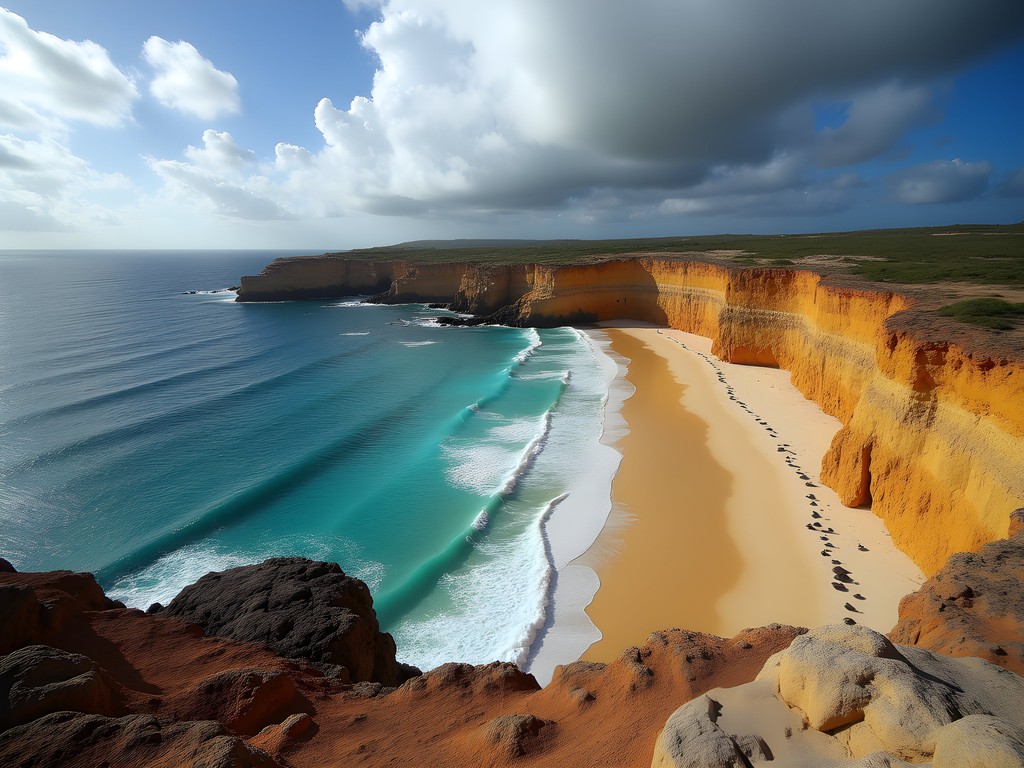
💡 Pro Tips
- Visit Boca Grandi in the morning before the wind picks up if you're not a kiteboarder
- Bring reef-safe sunscreen as shade is minimal at all these beaches
- Rent a compact SUV rather than a standard car if you plan to visit Boca Prins
Street Art Renaissance: The Outdoor Gallery of San Nicolaas
The most compelling evidence of San Nicolaas' transformation is splashed across its walls. What began as a community revitalization project has evolved into one of the Caribbean's most impressive collections of street art. As someone who's spent a lifetime reading visual clues, I find these murals particularly revealing of the town's soul.
The annual Aruba Art Fair (held each September) has attracted international artists who've left their mark on formerly neglected buildings. Unlike the commissioned corporate art you might find in tourist districts, these works pulse with authenticity and often tackle substantive themes—Aruban identity, environmental concerns, and the island's complex colonial history.
I recommend beginning your exploration at Charlie's Bar, a local institution whose cluttered interior (decades of collected memorabilia) contrasts with the vibrant mural on its exterior. From there, wander Main Street (B. v/d Veen Zeppenfeldtstraat) where the highest concentration of artwork can be found. The beauty of this self-guided tour is the element of discovery—turning a corner to find an entire building transformed into a canvas.
My investigator's habit of documentation served me well here. My travel journal quickly filled with notes about artists, themes, and locations. I've found that sketching and writing about street art helps me notice details I might otherwise miss. Several pieces incorporate elements of Aruba's landscape and wildlife—flamingos, divi-divi trees, and the island's distinctive topography appear in stylized forms throughout.
Most revealing are the murals depicting the refinery era—smokestacks and industrial scenes rendered in unexpected beauty, acknowledging rather than erasing the town's complex economic history.
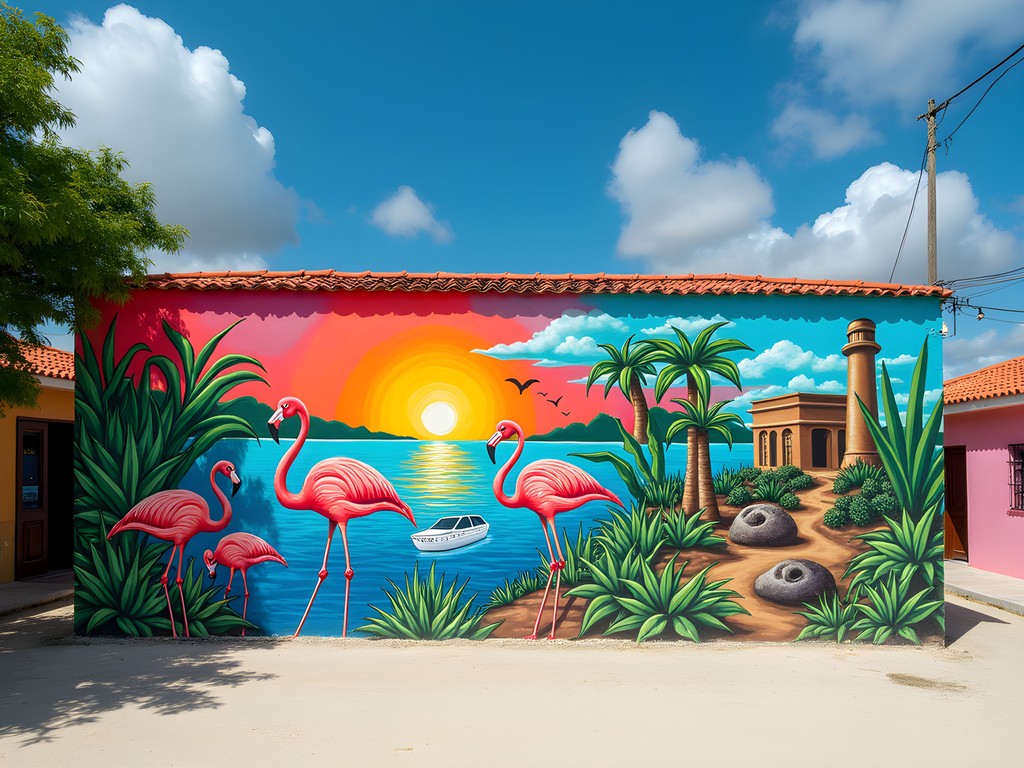
💡 Pro Tips
- Visit the Aruba Tourism Office in San Nicolaas for a map marking major murals
- Morning and late afternoon offer the best light for photography
- Engage with locals about the artwork—many have personal connections to the stories depicted
Local Flavors: Culinary Detective Work
My investigative approach to travel extends to cuisine—I'm constantly searching for the authentic dishes that reveal a place's true character. San Nicolaas offers rich pickings for the culinary detective, with options ranging from humble food trucks to family-run establishments serving generations-old recipes.
O'Neil Caribbean Kitchen became my regular lunch spot, where $12 secures a heaping plate of fresh-caught fish, funchi (Aruba's cornmeal polenta), and plantains. The daily specials are determined entirely by what the morning's fishing boats brought in. Owner Maria explained that her grandmother's recipes haven't changed in 60 years—no tourist modifications here.
For a deeper dive into local food culture, I visited Zeerovers in nearby Savaneta (just 10 minutes from San Nicolaas). This dockside eatery serves seafood so fresh it was swimming hours earlier. The process is refreshingly straightforward: select your fish by weight, choose sides, then wait at picnic tables overlooking the water. The jumbo shrimp and catch-of-the-day fried with minimal seasoning let the quality of the ingredients speak for themselves.
Perhaps most revealing was my discovery of Charlie's Bar's secret menu. This 80-year-old establishment is known for its memorabilia-covered walls, but locals know to ask for dishes not listed on the tourist menu. The goat stew, served only on Thursdays, offers a window into Aruba's multicultural heritage with its blend of Dutch, Spanish, and African influences.
I documented my culinary findings with my travel camera, capturing both the dishes and the environments where locals gather to eat. These images tell a more honest story about Aruban food culture than any resort buffet ever could.

💡 Pro Tips
- Ask for the 'local menu' at restaurants—many places have separate offerings for residents
- Visit Zeerovers before 11:30am or after 2pm to avoid the lunch rush
- Try 'pan bati' (Aruban flatbread) as a side dish whenever available
Connecting with Local Stories
As a former investigator, I've learned that every community holds untold stories—you simply need to know how to listen. In San Nicolaas, these narratives reveal themselves to those patient enough to seek them out.
The Museum of Industry provides context for understanding how the refinery shaped everything about this community. Though modest in size, its collection of photographs and artifacts documents the dramatic economic shifts that have defined San Nicolaas. Most moving were the oral histories—recorded interviews with elderly residents who remember the refinery's heyday, when workers from throughout the Caribbean and beyond created a multicultural community decades before 'diversity' became a buzzword.
For a different perspective, I spent an afternoon at the Community Art Center, where local artists maintain studios in a repurposed commercial building. Armando, a lifelong resident who creates intricate wooden sculptures, shared stories of growing up in the shadow of the refinery smokestacks. His work transforms driftwood—much of it collected from the very beaches I'd been exploring—into pieces that reflect both personal and collective memory.
The most revealing conversations happened during my daily walks. San Nicolaas residents, noticing my Moleskine sketchbook and curious expression, often approached with questions about my impressions of their town. These exchanges typically began with polite small talk but frequently evolved into nuanced discussions about identity, economic change, and hopes for the community's future.
One encounter particularly stands out: meeting Elena, an 86-year-old woman who has lived in the same modest home since 1952. She invited me in for coffee and showed photographs documenting the town's evolution. Her perspective on how tourism could help—but also potentially harm—San Nicolaas reflected a wisdom rarely found in official development plans.

💡 Pro Tips
- Visit the Museum of Industry early in your trip for helpful historical context
- Attend community events posted on the bulletin board outside the local market
- Learn about the 'Carnival Village' project—a community-led initiative to preserve cultural traditions
Final Thoughts
As my week in San Nicolaas drew to a close, I found myself reflecting on what makes a destination truly worth discovering. In our era of overtourism and Instagram hotspots, places like this—authentic, unvarnished, complex—become increasingly precious. San Nicolaas doesn't offer the polished perfection of Aruba's resort areas, but it provides something far more valuable: a genuine connection to place and people. The hidden beaches reward explorers with solitude rarely found in the Caribbean. The street art tells stories no museum exhibition could capture. And the conversations with locals offer insights no guidebook can provide. As I packed my well-worn investigator's notebook, now filled with observations, sketches, and contact information from new friends, I realized that San Nicolaas had offered exactly what I seek in travel: not an escape from reality, but a deeper immersion into it. For solo travelers willing to look beyond the obvious, this overlooked corner of Aruba doesn't just merit a day trip—it deserves center stage.
✨ Key Takeaways
- San Nicolaas offers authentic cultural experiences impossible to find in Aruba's resort areas
- The hidden beaches near town provide Caribbean beauty without the crowds
- Street art provides visual storytelling about the community's past and present
- Connecting with locals reveals layers of history and culture that enhance your understanding of Aruba
📋 Practical Information
Best Time to Visit
Year-round (May-October for fewer tourists)
Budget Estimate
$100-150/day including accommodations, food, and transportation
Recommended Duration
3-7 days
Difficulty Level
Easy

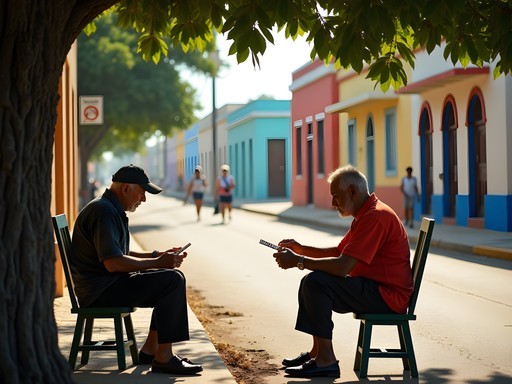



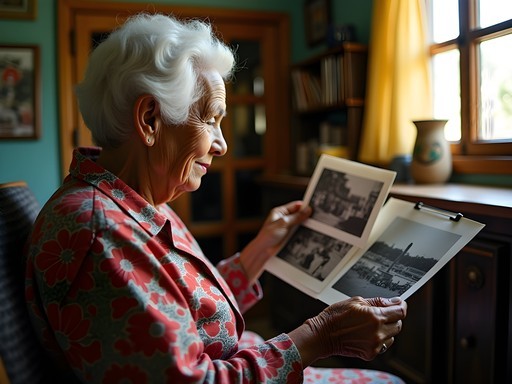


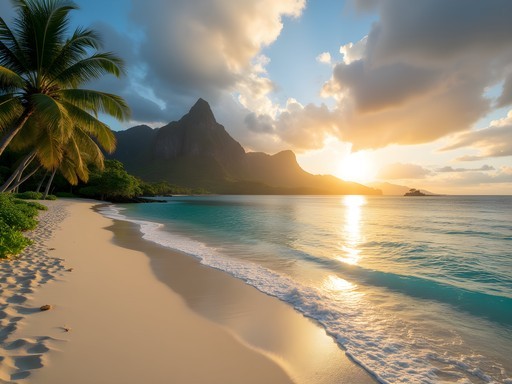
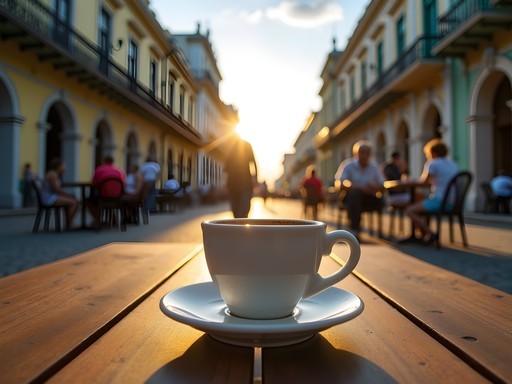
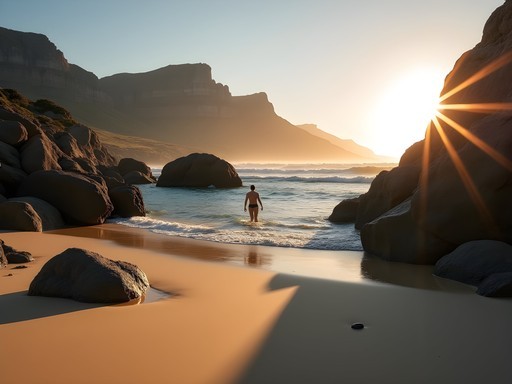
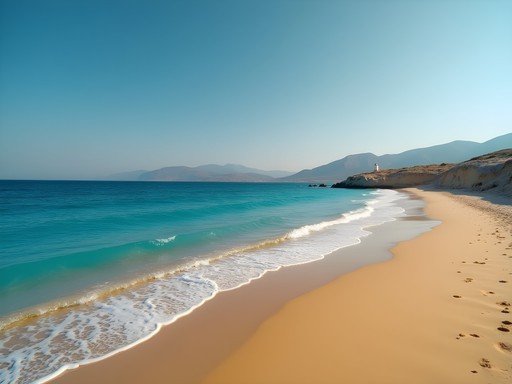
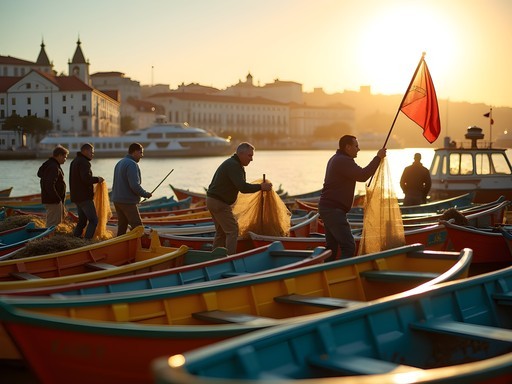

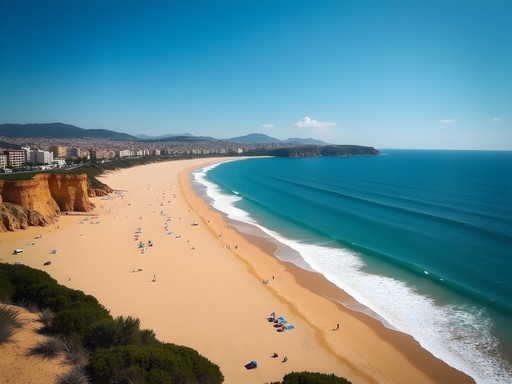

Comments
beachbum77
Booked my trip for May! Can't wait to check out those hidden beaches!
Frank Garcia
Just got back from Aruba last week and specifically visited San Nicolaas because of this post! The contrast between this area and the high-rise hotel zone is fascinating from a socioeconomic perspective. The street art initiative seems to be genuinely revitalizing parts of the town rather than just being aesthetic. I spoke with several artists who mentioned the annual art fair has brought significant changes to the community. One tip: Charlie's Bar mentioned in your 'Local Flavors' section was absolutely worth the visit - the ceiling covered in maritime memorabilia tells the story of the area's history better than any museum could. The conch ceviche was life-changing. Thanks for highlighting this overlooked gem!
Yuki Hicks
So glad you made it to Charlie's Bar! I completely agree about the memorabilia - it's like a living museum. Did you get to try the pan bati bread at the bakery down the street?
Frank Garcia
I did! The owner even showed me how they make it when I expressed interest. That's exactly the kind of authentic interaction you don't get in the tourist zones. Brought home their recipe to try.
skyperson
That street art photo with the fisherman mural is absolutely stunning! Makes me want to book a flight right now!
starnomad
Those hidden beaches sound perfect! How hard are they to access? I'm traveling with my 65-year-old mom who loves beaches but has mobility issues.
vacationdiver
How safe is San Nicolaas for solo travelers? Planning my first Caribbean trip and this sounds way more interesting than resort life!
Haley Hamilton
Not Yuki, but I solo traveled there last year! San Nicolaas felt very safe during daytime. Just use normal precautions after dark like anywhere else. The locals were incredibly friendly - a shopkeeper even invited me to a family barbecue when I asked about authentic food spots! Just be aware public transportation gets less frequent in the evening.
vacationdiver
Thanks Haley! That's really helpful. Did you stay in San Nicolaas itself or commute from elsewhere?
Haley Hamilton
I stayed at a small guesthouse right in San Nicolaas for three nights. Basic but clean, and the owner made amazing local breakfast. I used my pocket guidebook which had a few good recommendations for the area that weren't online.
journeylegend
This is exactly why I follow your blog, Yuki! I was in Aruba last year and made the mistake of staying only in the touristy areas. Wish I'd known about San Nicolaas then. The street art scene sounds incredible - reminds me of what happened in Wynwood in Miami before it got super commercialized. Did you find any particular murals that told stories about local history? That's always what I look for in street art scenes.
Yuki Hicks
Thanks so much! Yes, there was an incredible mural near the community center that depicted the history of the oil refinery and its impact on local families. Really powerful stuff that you won't find in the tourist brochures.
journeylegend
That sounds amazing. Adding it to my list for when I return!
journeygal
Just got back from Aruba and followed your advice about San Nicolaas - SO WORTH IT! We had Rodgers Beach completely to ourselves one morning. The contrast between there and the packed Palm Beach was night and day. We also found this tiny local restaurant called Cynthia's that wasn't in any guidebooks but had amazing seafood stew. The street art was even more impressive in person than in your photos. My husband kept saying "I can't believe tourists don't come here more" but honestly, I'm kinda glad they don't! Thanks for putting this gem on our radar, Yuki!
bluequeen
Cynthia's is on my list now! Did you need a rental car to get around or is it walkable?
journeygal
We rented a car for two days which was perfect. You could do buses but having a car made it easy to explore all the little beaches. The town itself is walkable once you're there!
greenqueen
Just added San Nicolaas to my Aruba itinerary for December! Those beaches look heavenly without the crowds.
Douglas Bradley
Yuki, this post perfectly captures what sustainable tourism should be about - discovering places that benefit from visitors but aren't overwhelmed by them. I visited San Nicolaas last year and was impressed by how the street art has created this cultural renaissance. That seafood spot you mentioned - I think it's Charlie's? - served the best red snapper I've had anywhere in the Caribbean. For anyone planning to visit, I'd recommend bringing a good camera with wide-angle capability for the murals and reef-safe sunscreen for those hidden beaches, as there's little shade. Did you happen to visit during the monthly art walk? That's when the community really comes alive!
explorenomad
Just got back from Aruba and followed your advice about San Nicolaas - THANK YOU! The street art was incredible and we had entire beaches to ourselves. Made friends with a local artist who showed us his studio. Such a different experience from the high-rise hotel zone! I brought my waterproof camera which was perfect for snorkeling at those hidden beaches. The coral formations near Boca Grandi were stunning. Can't believe more tourists don't venture out here!
Yuki Hicks
So happy to hear you enjoyed it! San Nicolaas really is Aruba's hidden gem. Which artist did you meet?
explorenomad
A guy named Miguel who specializes in marine life murals. He was working on a new piece near the community center. Super talented!
Venture X
Premium card with 2X miles, $300 travel credit, Priority Pass